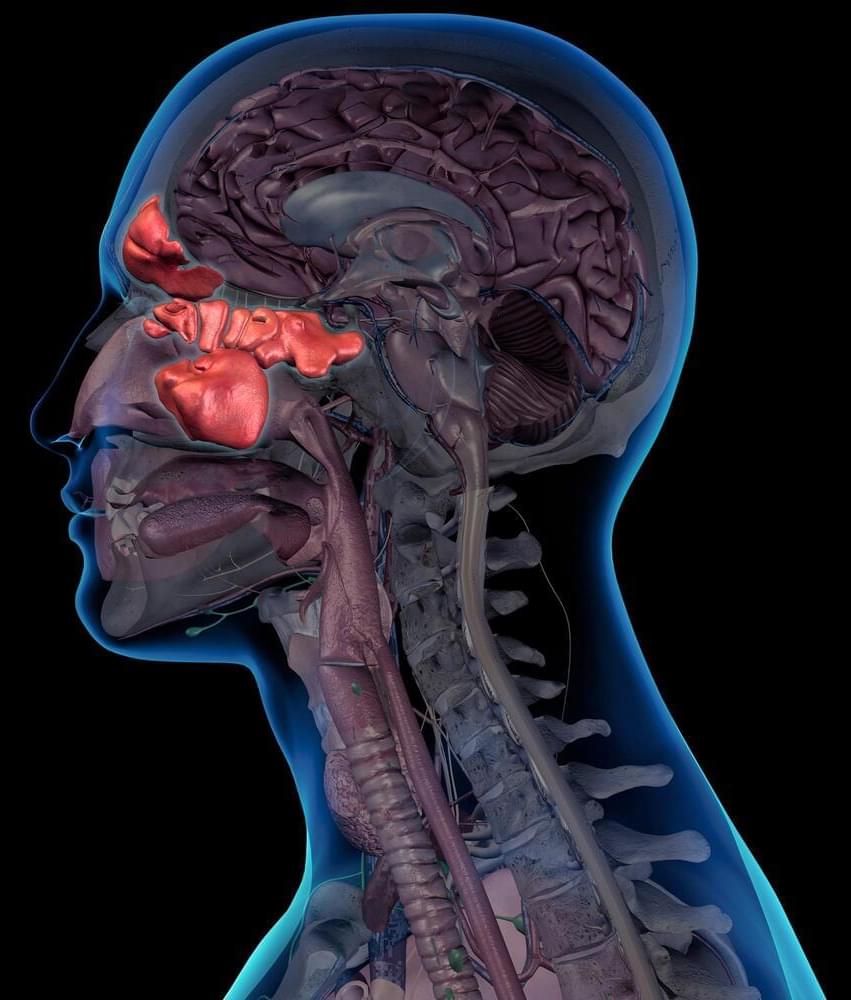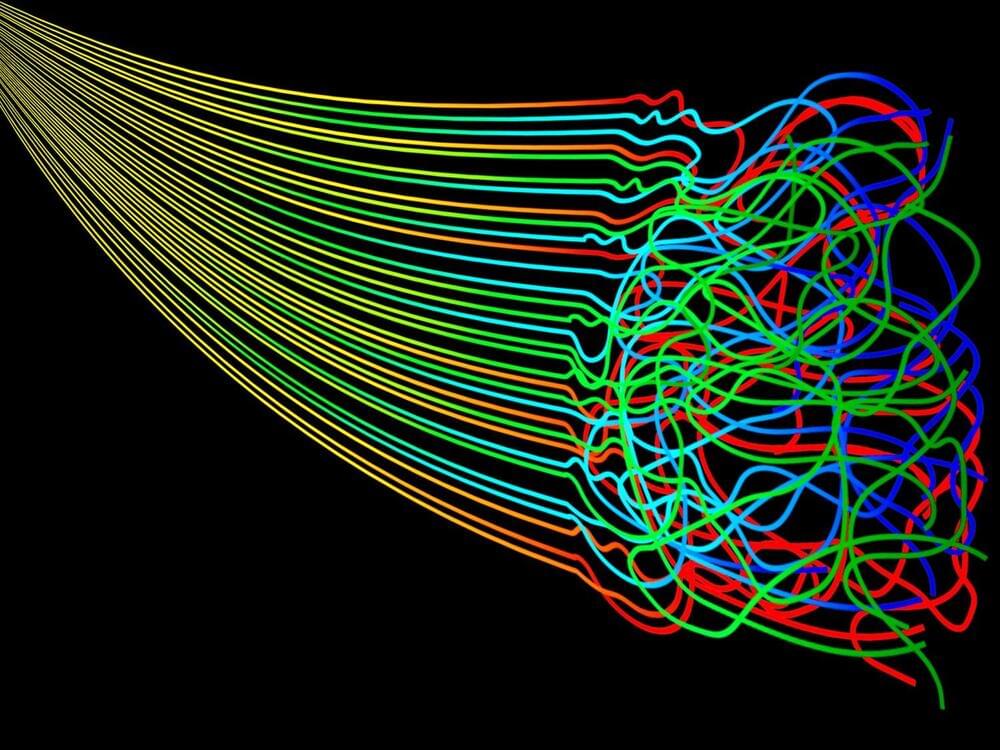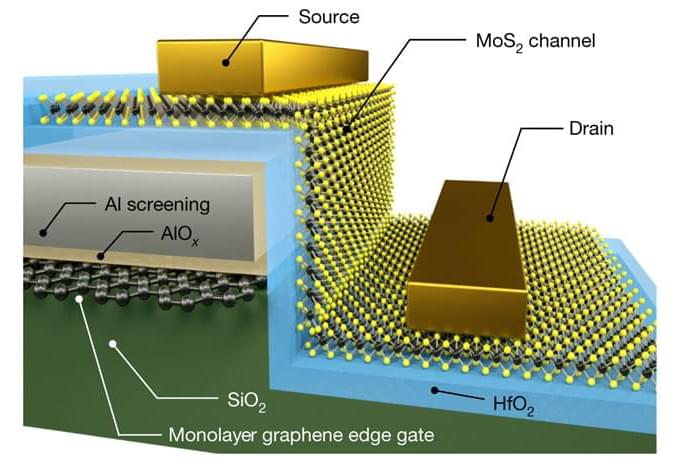Researchers have discovered a wholly-in tact Roman vessel that sank around the fourth century AD off the coast of Mallorca in Spain.
Get the latest international news and world events from around the world.


Bacteria in the Nose Can Sneak Into the Brain — May Increase Risk of Alzheimer’s Disease
New research from Griffith University has shown that a bacterium commonly present in the nose can sneak into the brain and set off a cascade of events that may lead to Alzheimer’s disease.
Associate Professor Jenny Ekberg and colleagues from the Clem Jones Centre for Neurobiology and Stem Cell Research at Menzies Health Institute Queensland and Griffith Institute for Drug Discovery, in collaboration with Queensland University of Technology, have discovered that the bacterium Chlamydia pneumoniae can invade the brain via the nerves of the nasal cavity.

The metaverse will change the paradigm of content creation
Decentralizing talent
More than 50 million creators are driving their own economy of talent, attracting in excess of $800 million in venture capital. Such figures are but a shadow of what they can become later, as new venues are rapidly becoming available.
The development of blockchain technologies has resulted in a sweeping revolution across financial markets, empowering individuals instead of institutions and channeling ownership of data and funds to their holders. The qualities of the blockchain — immutability, full transparency and the trustless nature of operations — have permeated many industries, swooning the balance of business orientation from centralized corporate reliance to decentralization. This shift in the basic concepts that govern relations between participants to transactions, facilitated by smart contracts, has not gone unnoticed in the creator economy.


Scientists Discover “Secret Sauce” Behind Exotic Properties of Unusual New Quantum Material
Work will aid design of other unusual quantum materials with many potential applications.
MIT physicists and colleagues, including scientists from Berkeley Lab, have discovered the “secret sauce” behind the exotic properties of a new quantum material known as a kagome metal.
Kagome metals have long mystified scientists for their ability to exhibit collective behavior when cooled below room temperature.

Zentropy: New Theory of Entropy May Solve Materials Design Issues
A challenge in materials design is that in both natural and manmade materials, volume sometimes decreases, or increases, with increasing temperature. While there are mechanical explanations for this phenomenon for some specific materials, a general understanding of why this sometimes happens remains lacking.
However, a team of Penn State researchers has come up with a theory to explain and then predict it: Zentropy.
Zentropy is a play on entropy, a concept central to the second law of thermodynamics that expresses the measure of the disorder of a system that occurs over a period of time when there is no energy applied to keep order in the system. Think of a playroom in a preschool; if no energy is put into keeping it tidy, it quickly becomes disordered with toys all over the floor, a state of high entropy. If energy is put in via cleaning up and organizing the room once the children leave, then the room returns to a state of order and low entropy.

Transistor gate is just 0.3 nm long
“Moore’s law could once again get a reprieve, in spite of the naysayers.”
Using graphene and molybdenum disulphide, scientists in China have made a transistor gate with a length of only 0.3 nanometres, equivalent to just one carbon atom, by exploiting the vertical aspect of the device.
In 1959, scientists at Bell Labs invented the metal–oxide–semiconductor field-effect transistor (MOSFET). This led to mass-production of transistors for a wide range of applications – including computer processors. The Intel 4,004, the first commercially produced microprocessor, debuted in 1971 and featured 2,250 transistors on a single chip, using a 10,000 nm (10 µm) fabrication process.
Since that time, the MOSFET has become the most widely manufactured device in history. Thanks to vast improvements in miniaturisation, the latest processors now contain 114 billion transistors, making them 50 million times more powerful than the Intel 4004.


Researchers discover new form of ice
UNLV researchers have discovered a new form of ice, redefining the properties of water at high pressures.
Solid water, or ice, is like many other materials in that it can form different solid materials based on variable temperature and pressure conditions, like carbon forming diamond or graphite. However, water is exceptional in this aspect as there are at least 20 solid forms of ice known to us.
A team of scientists working in UNLV’s Nevada Extreme Conditions Lab pioneered a new method for measuring the properties of water under high pressure. The water sample was first squeezed between the tips of two opposite-facing diamonds—freezing into several jumbled ice crystals. The ice was then subjected to a laser-heating technique that temporarily melted it before it quickly re-formed into a powder-like collection of tiny crystals.